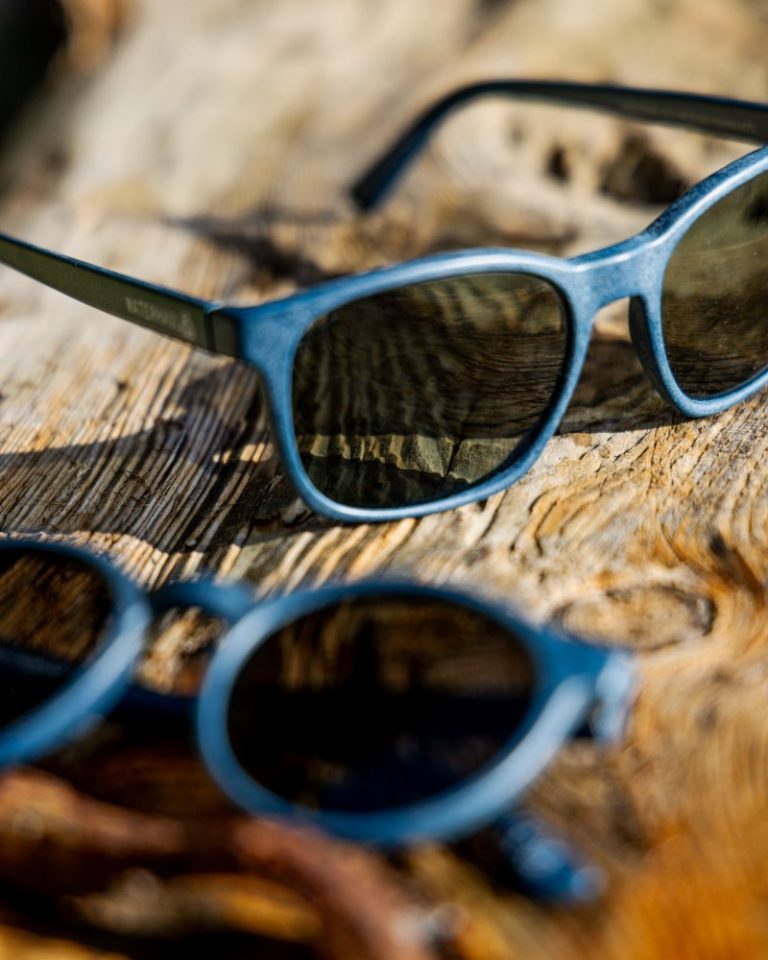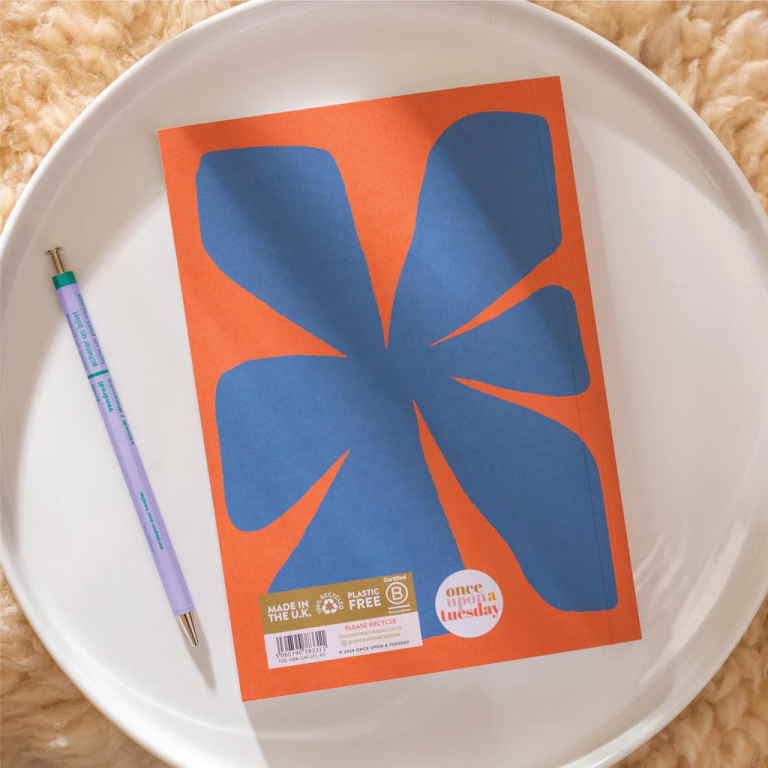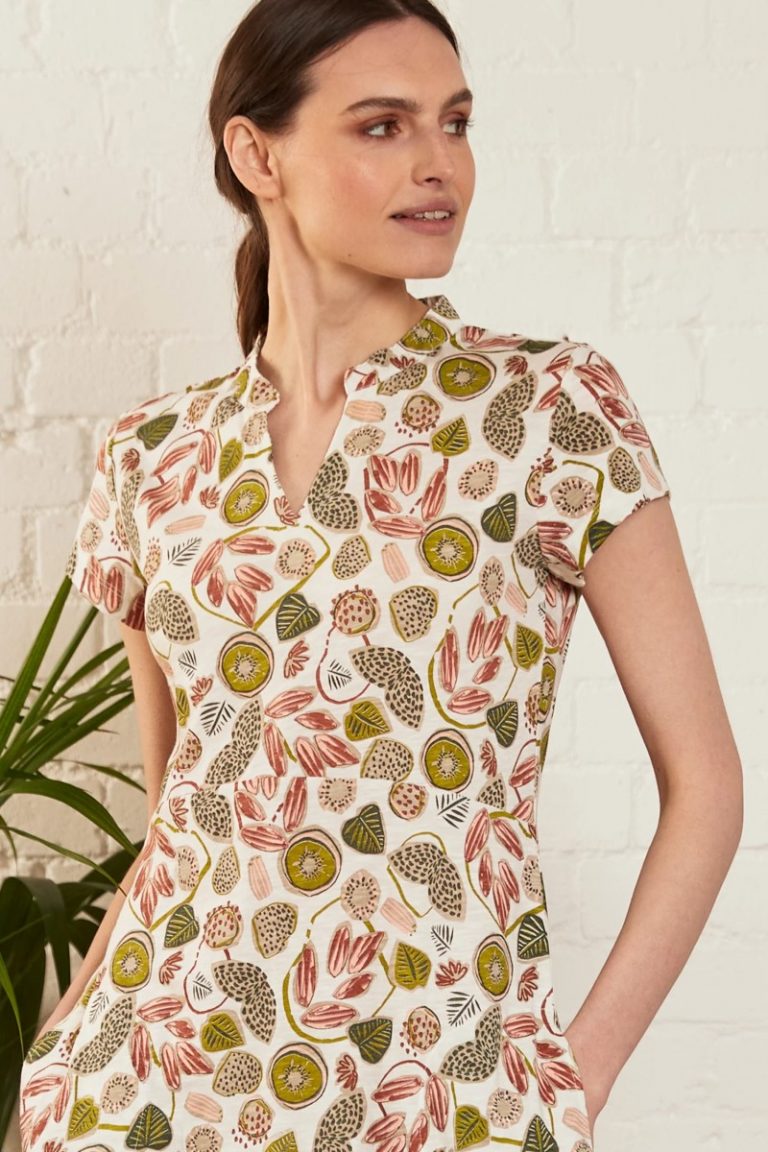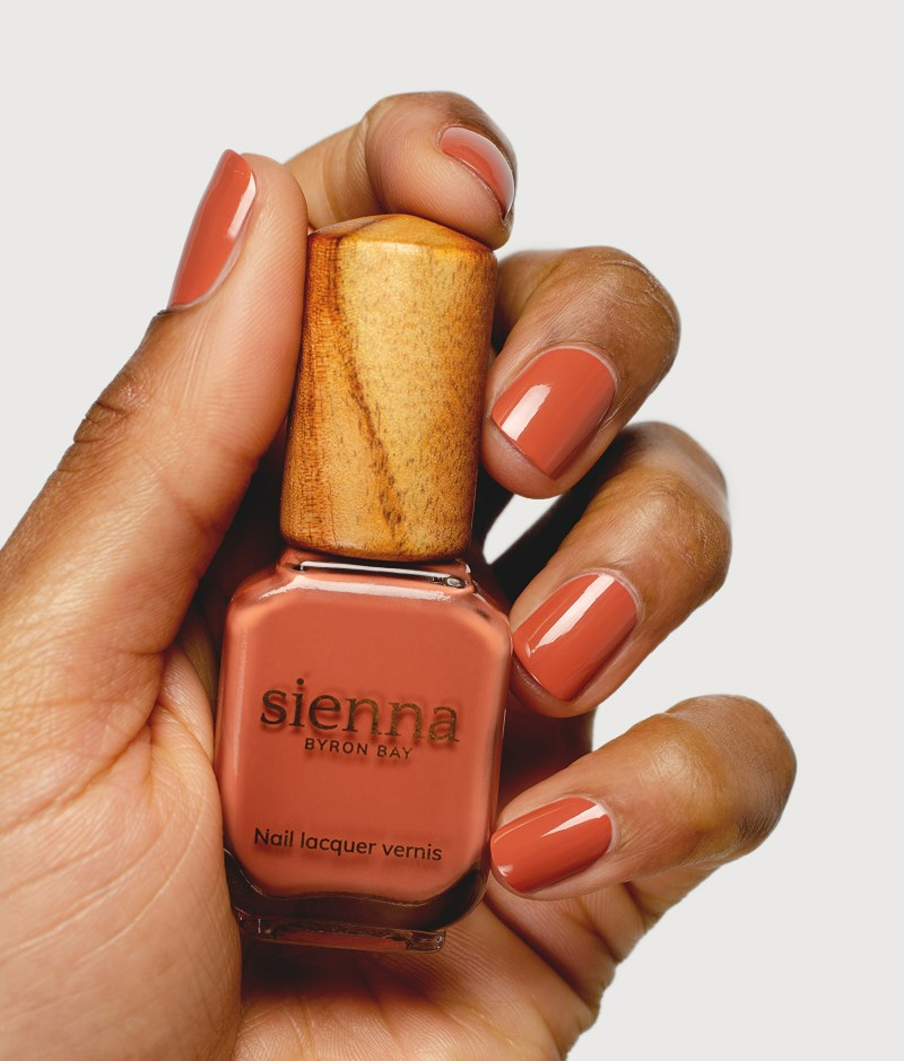
Choosing nail polish is about more than picking a shade that suits your mood. Many conventional polishes contain harsh chemicals that aren’t good for your body or the environment. Making the switch to natural vegan nail polish can give you better results for your nails and help reduce your impact on the planet.
If you want stronger nails, kinder ingredients and less plastic waste, here’s why moving to natural vegan formulas makes sense.
Fewer Harmful Chemicals
Traditional nail polishes come with a long list of chemicals, including formaldehyde, toluene, and dibutyl phthalate (DBP). These substances can dry your nails, trigger allergies, and may even affect your health with long-term use.
The main chemicals to avoid are:
- Toluene (also in hair dyes) can cause headaches, dizziness, cracked skin, respiratory and reproductive issues.
- Formaldehyde (used as a preservative and to prevent chipping) can cause skin irritation, respiratory issues and allergic reactions. It’s also a known carcinogen (causes cancer).
Some chemicals in nail polish are now banned in Europe, but are legal to use elsewhere. Many polishes brand themselves as free from the ‘top 3, 5 or 10’ harmful chemicals. This often is greenwash, as being free from the ‘top 3 chemicals’, means the other 7 may be used.
Nail polish remover often contains acetone, which again in high concentrations can contaminate water sources, and disrupt the nervous system of aquatic life and alter their metabolism. Once you’ve rinsed it off your nails, and it goes down the sink and into water supplies.
Acetone also contributes to a type of greenhouse gas (tropospheric ozone). Be careful, as some ‘eco-friendly nail polish removers’ contain solvents (ethyl or butyl acetate) which are also harmful to aquatic life.
There is not really an ‘eco-friendly’ nail polish remover. So choose brands that let you recycle the bottles, to avoid contaminating water supplies.
Or make your own nail polish remover, by combining white vinegar and lemon juice in a small bowl and soaking your nails for 5 to 10 minutes, before removing with a pad and rinsing.
Natural vegan nail polishes use plant-based ingredients instead, skipping harsh chemicals. You get a clean finish without worrying about what you’re putting on your body.
Kinder on Sensitive Skin
Some people notice redness or irritation from regular nail products. Vegan and natural nail polishes leave out animal by-products, synthetic scents, and other irritants.
They’re lighter on your skin and nails. If you have allergies or sensitive skin, switching to a gentle polish can keep your hands comfortable all year.
Safer Around Children & Pets
If little ones or pets are at home, safety is likely at the top of your mind. Many vegan nail polishes avoid mineral oils, artificial dyes, and strong solvents. Keep them away still, but they are a little safer.
Better for the Planet
Natural vegan formulas don’t just protect your nails. They lighten your load on the planet. Most are made without animal testing and focus on low-impact production. Brands often use recyclable packaging and avoid microplastics.
Some even offer bottles with zero waste bamboo or wooden tops, limiting plastic waste and giving your bathroom shelf a fresh new look.
Glossy, Long-Lasting Colours
It’s a myth that natural or vegan nail polishes chip faster. Many brands now use plant-based resins or minerals for vibrant, hard-wearing colour. Your manicure lasts as long as with mainstream brands, and you’re not sacrificing style or durability for clean ingredients.
Cruelty-Free Beauty
Vegan polish avoids animal by-products like guanine (from fish scales) or carmine (from crushed insects). When brands skip animal-derived ingredients and animal testing, you get a guilt-free polish with a clear conscience. Look for certifications on the label.
Moves Towards Zero Waste
Plastic is a huge problem in beauty routines. Some polish makers now lead the way with glass bottles, bamboo or wooden tops, and minimal packaging.
Choosing these options cuts your plastic use and can inspire others to rethink their choices. Small steps make a noticeable difference when more people join in.
Easier Removal with Gentle Remover
Old polish removers are packed with acetone and other drying agents. Natural and vegan nail polish removers use oils, aloe vera, or gentle solvents. They nourish your nails while removing colour, preventing dryness or breakage over time.
Supports Vegan and Ethical Brands
Many natural nail polish brands are small businesses. They focus on fair treatment of workers, better sourcing, and support for animal-free lifestyles. Every purchase helps brands that care about more than just profit. Your beauty routine shapes the future of the industry.
Can You Recycle Nail Polish?
No. This is because you can’t rinse bottles clean. Just use them up.
Otherwise, take them to your council’s hazardous waste facility (nail polish is flammable, so should not be binned). Improper disposal could also contaminate soil and water supplies.
Some beauty salons and shops may be able to take back empty bottles. Boots does take back beauty packaging (but not nail polish).
Choose Vegan-Friendly Nail Polish
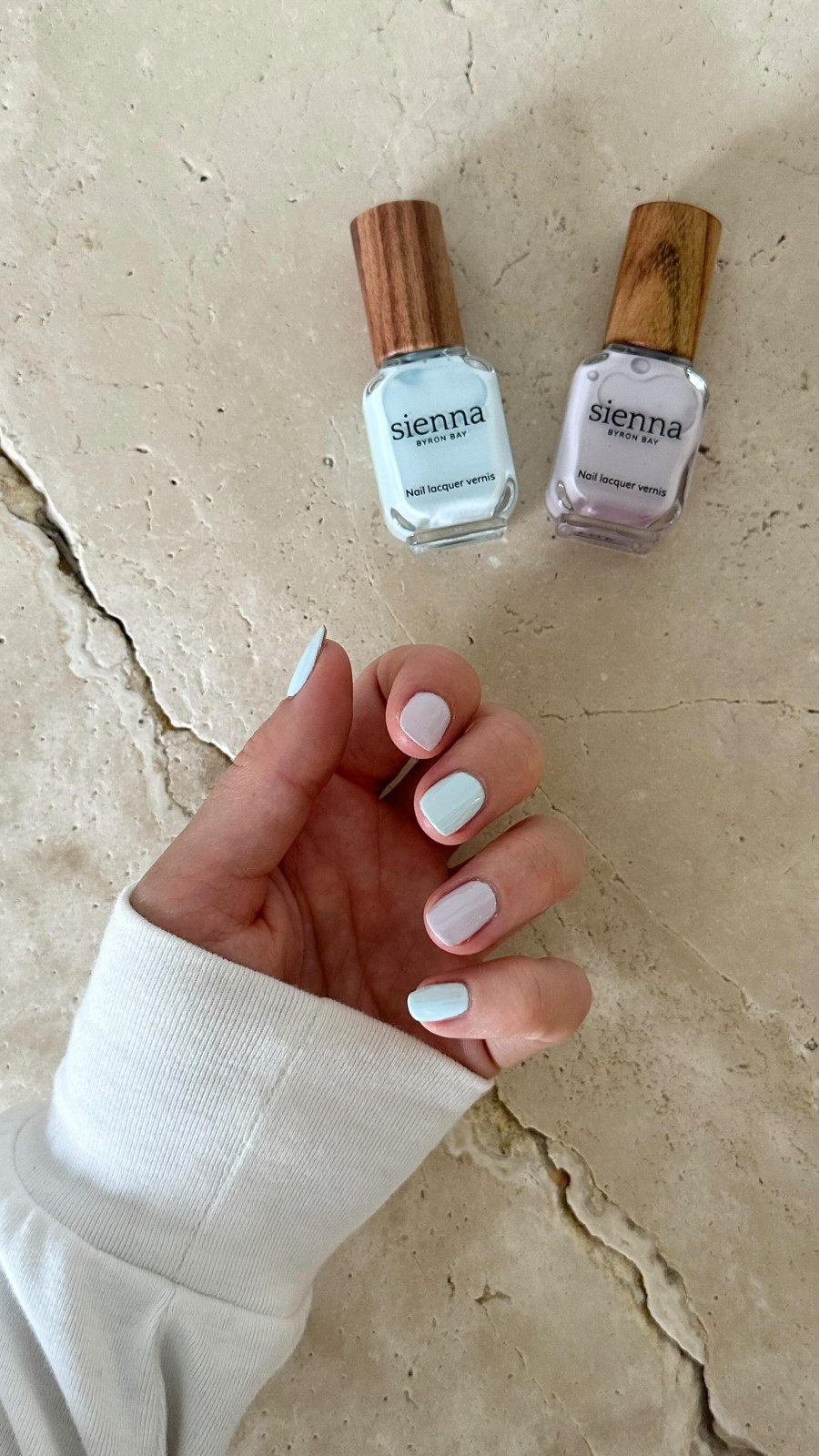
Some brands of nail polish use animal ingredients to produce the colours (like carmine/cochineal, a red pigment made from crushed beetles).
Shellac (a resin from lac bugs) is often used for shine (this is also used to make apples shiny, a reason to choose organic apples).
Other non-vegan ingredients to avoid are:
- Guanine (from fish scales, to add shimmer or ‘pearl’ effect)
- Keratin (from animal protein, to strengthen nails)
- Lanolin (from sheep wool) to moisturise the nail
- Oleic acid (an animal fat acid, to thicken nail polish)
The Benefits of Not Using Nail Polish!
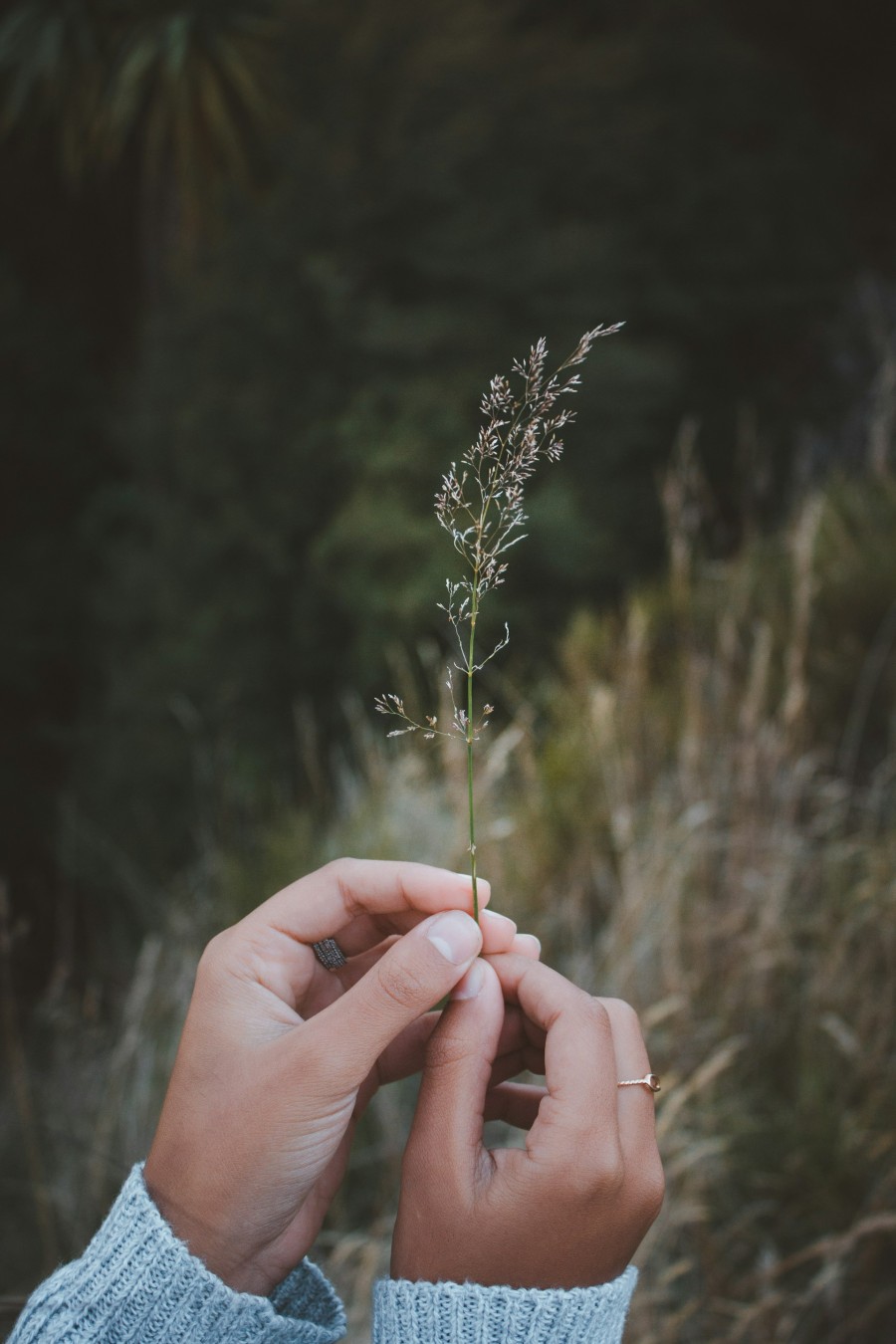
Obviously the simplest thing to do is to just avoid nail polish! Your nails will breathe better, it saves the faff of painting them and removing the polish, and you’ll save money!
Even if you wear nail polish, it’s good to give your nails a break now and then, to allow the nail plate to breathe and dry out.
Polish remover can also be responsible for uneven half-moons and brittle nails, as it destroys the keratin (protein) in nails.
Dermatologist Dana Stern says that people who wear nail polish may see their nails more prone to splitting and peeling, with surface irregularities. And a study in Miami found that gel manicures cause nail thinning.
Foot specialist Joy Rowland DPM says try to leave your nails polish-free for a few weeks at a time, after using polish. Nails (like skin) soak up chemicals, so she recommends at least leaving your toenails polish-free through summer, to allow them to get healthy again.
Regular wearing of nail polish can also soak into the nails and cause yeast and bacteria to grow underneath the nail plate. It can also stain nails, which you’ll usually have to wait until it grows out (much slower for toenails that only grow around one millimetre per month).
Better Brands of Vegan Nail Polish

If you use nail polish, here are some better brands. Still leave your nails polish-free for weeks at a time, and read above for recycling options.
Keep nail polish away from naked flames, children and pets (due to iron, zinc or titanium dioxide). Also avoid for pregnancy and nursing (like skin, your nails absorb chemicals).
Earthy Nail Polish offers vegan-certified nail polishes in glass bottles with bamboo lids. You can return bottles and caps for them to clean and reuse.
This brand is not tested on animals (local law) but also never sells in countries that do test on animals. The polish is also Halal-certified, so suitable for Muslim women.
These polishes are made from 79% natural ingredients (including sugar cane, cassava and corn), replacing petrochemical solvents with natural minerals and vegetal biomass ingredients.
The polishes contain minerals, magnesium and calcium to strengthen nails, and prevent ridges, and also promote healthy nail growth. Designed to last chip-free for a week.
The polish remover does contain acetone for effectiveness, but you can send back bottles for recycling at the address listed online, to prevent aquatic contamination. Designed to also remove gel polish, it’s blended with sweet almond oil, to help nourish nails.
Earthy Gel Lock is their greener alternative to gel nails. Salon boxes include nail cleanser, base coat and polish, sealant, lint-free wipes and a recycled plastic lamp. Use with their recycled crystal nail file.
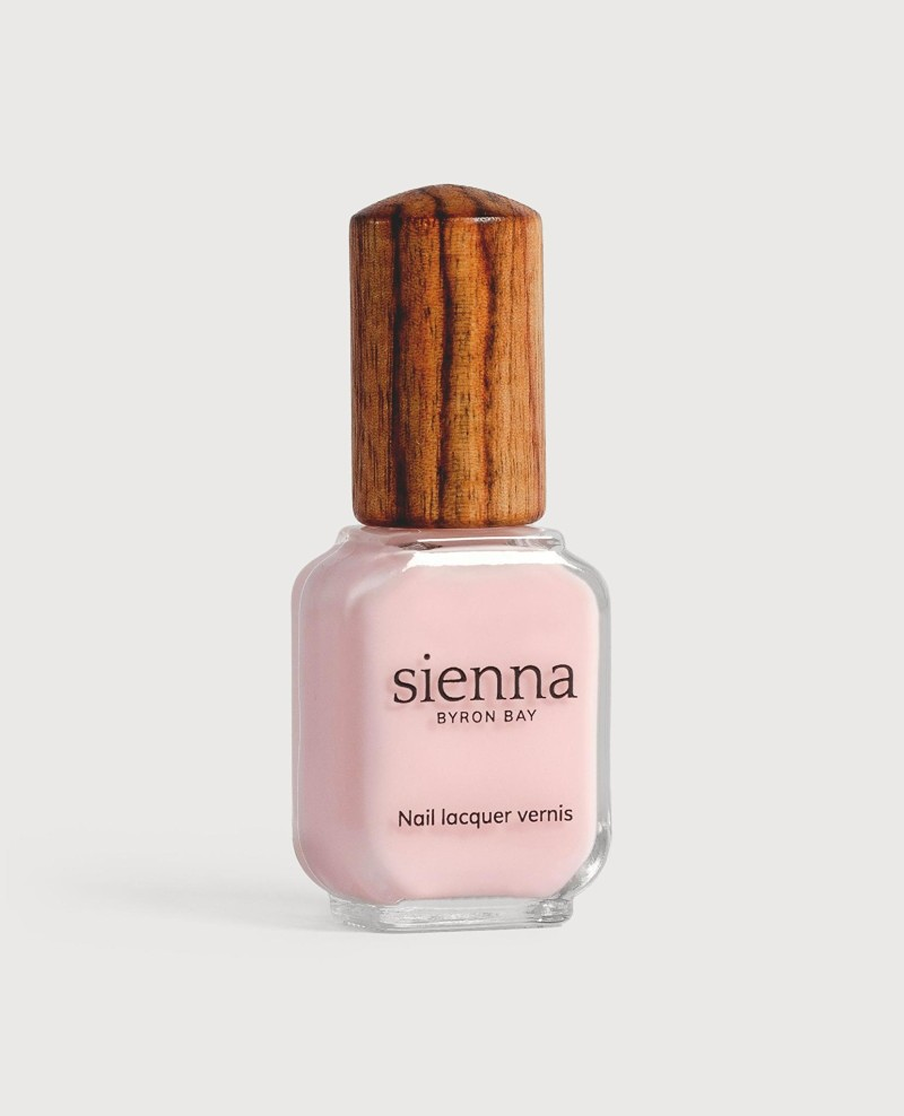
Sienna is a brand worth mentioning, though the in-house recycling program is only for residents of Australia. Made with green energy with wood tops, these polishes are made with sugar cane, cassava, cotton and corn.
And also free from nano-particles. Again this brand is suitable for people of Muslin faith.
Sienna does not use glitter, as most is made from microplastics which coat ocean water when rinsed down sinks, then get ingested by marine animals and seabirds, who die of starvation as it collects in their stomachs.
Natural Nail Polish Removers

Fresh Therapies offers a natural nail polish remover that’s free from acetone and scented with lime. Zao Nail Polish Remover is certified organic, made from alcohol and ethyl lactate (a vegan lactic acid derived from biomass, which breaks down safely into carbon dioxide and water).
Use with reusable polish remover pads (the rough surface makes them idea to remove polish, and the dark fabric means no stains show up, so you’ll not have to buy disposable cotton wool again).
Is it Okay for Children to Wear Nail Polish?
Likely not. Their immune systems are still developing. And even the so-called ‘child-friendly nail polishes’ that use food-grade dyes, often contain ingredients linked to health concerns.
Some ‘food-grade food dyes’ are still known carcinogens. Yellow 5 Lake is tartrazine (the one that food brands had to give up using for squash and fish fingers, as it sent children loopy-loo).


